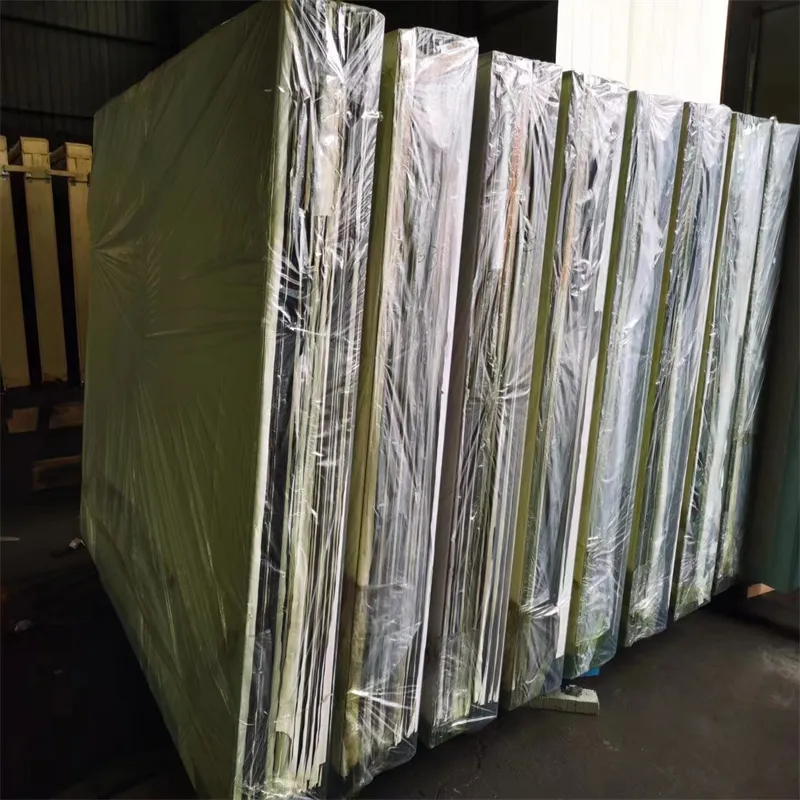Dec . 10, 2024 17:25 Back to list
tinted glass
The Beauty and Functionality of Tinted Glass
Tinted glass has emerged as a popular choice in both residential and commercial architecture due to its unique ability to combine aesthetic appeal with practical benefits. As urban landscapes evolve and concerns about energy efficiency and privacy continue to grow, tinted glass is increasingly seen as an effective solution for modern design challenges. This article explores the various uses, benefits, and technological advancements related to tinted glass, highlighting its role in contemporary architecture.
What is Tinted Glass?
Tinted glass is created by adding colorant during the manufacturing process, altering the clarity and appearance of the glass. This coloration can be achieved through various methods, including the incorporation of metals or metal oxides, which not only imbue the glass with a specific color but also provide additional properties such as UV protection and thermal insulation. The result is a glass product that can significantly impact the ambiance, energy efficiency, and safety of a space.
Benefits of Tinted Glass
One of the primary advantages of tinted glass is its ability to reduce glare and control sunlight entering a building. In offices or homes with large windows, intense sunlight can create discomfort, cause furniture to fade, and increase indoor temperatures. Tinted glass mitigates these issues by selectively filtering sunlight, allowing natural light to enter while limiting harmful UV rays. This quality can contribute to a more comfortable living or working environment, ultimately enhancing productivity and well-being.
Energy efficiency is another critical benefit of tinted glass. By reducing the amount of heat that enters a building, tinted glass can decrease the reliance on air conditioning systems during warm months. This not only leads to lower energy bills but also lessens the overall carbon footprint of a building. In many regions, the use of tinted glass can contribute toward achieving sustainability certifications, making it an attractive option for eco-conscious developers and homeowners.
Privacy is an increasingly pertinent issue, especially in densely populated urban areas. Tinted glass offers an effective solution by obscuring the view from the outside while still allowing occupants to enjoy natural light. This balance between privacy and openness can be especially beneficial in residential spaces, office buildings, or health care facilities, where confidentiality is paramount.
tinted glass

Moreover, tinted glass can enhance the security of a structure
. Many tinted glass products are also laminated, making them tougher and more resistant to breakage. This added durability provides an extra layer of protection against intruders and environmental factors, thereby enhancing the overall safety of the building.Aesthetic Considerations
Beyond its practical benefits, tinted glass offers numerous aesthetic possibilities. Available in various shades, degrees of tint, and finishes, it can be customized to complement the architectural style of any building. From sleek, modern office towers to rustic homes, tinted glass can be designed to fit seamlessly into any aesthetic framework. Architects and designers utilize tinted glass not only for its functional advantages but also for its ability to create visually striking facades and interiors.
Furthermore, tinted glass can be combined with other architectural materials to create intriguing contrasts and textures. The interplay of light and shadow through tinted glass can transform spaces, creating dynamic environments that change throughout the day. Whether it’s a building capturing the evening light or a home showcasing a vibrant sunrise, tinted glass contributes to the overall experience of a space.
Technological Advancements
Recent advancements in glass technology have led to the creation of high-performance tinted glass that boasts superior energy efficiency and UV protection. Innovations such as low-emissivity coatings and advanced tinting techniques improve the performance of tinted glass, making it even more desirable for a variety of applications. The development of electrochromic glass, which can change its tint with the application of an electrical charge, represents the cutting edge of tinted glass technology, offering unprecedented control over light and heat in a space.
Conclusion
In conclusion, tinted glass stands out as a versatile and valuable component in modern architecture. It beautifully balances form and function, delivering aesthetic appeal while addressing practical concerns such as energy efficiency, glare reduction, and privacy. As the architectural landscape continues to evolve, tinted glass will undoubtedly play an increasingly significant role in the design and construction of buildings, proving that beauty and functionality can coexist harmoniously. Whether enhancing a high-rise office building or providing a tranquil environment in a home, tinted glass remains an enduring element of sophisticated design.
-
Safety and Style with Premium Laminated Glass Solutions
NewsJun.24,2025
-
Reinvents Security with Premium Wired Glass
NewsJun.24,2025
-
Premium Float Glass Line for Modern Architecture
NewsJun.24,2025
-
Low Emissivity Glass for Energy-Efficient Architecture
NewsJun.24,2025
-
High-Performance Insulated Glass Solutions for Modern Architecture
NewsJun.24,2025
-
Elevates Interior Style with Premium Silver Mirror
NewsJun.24,2025
Related PRODUCTS














